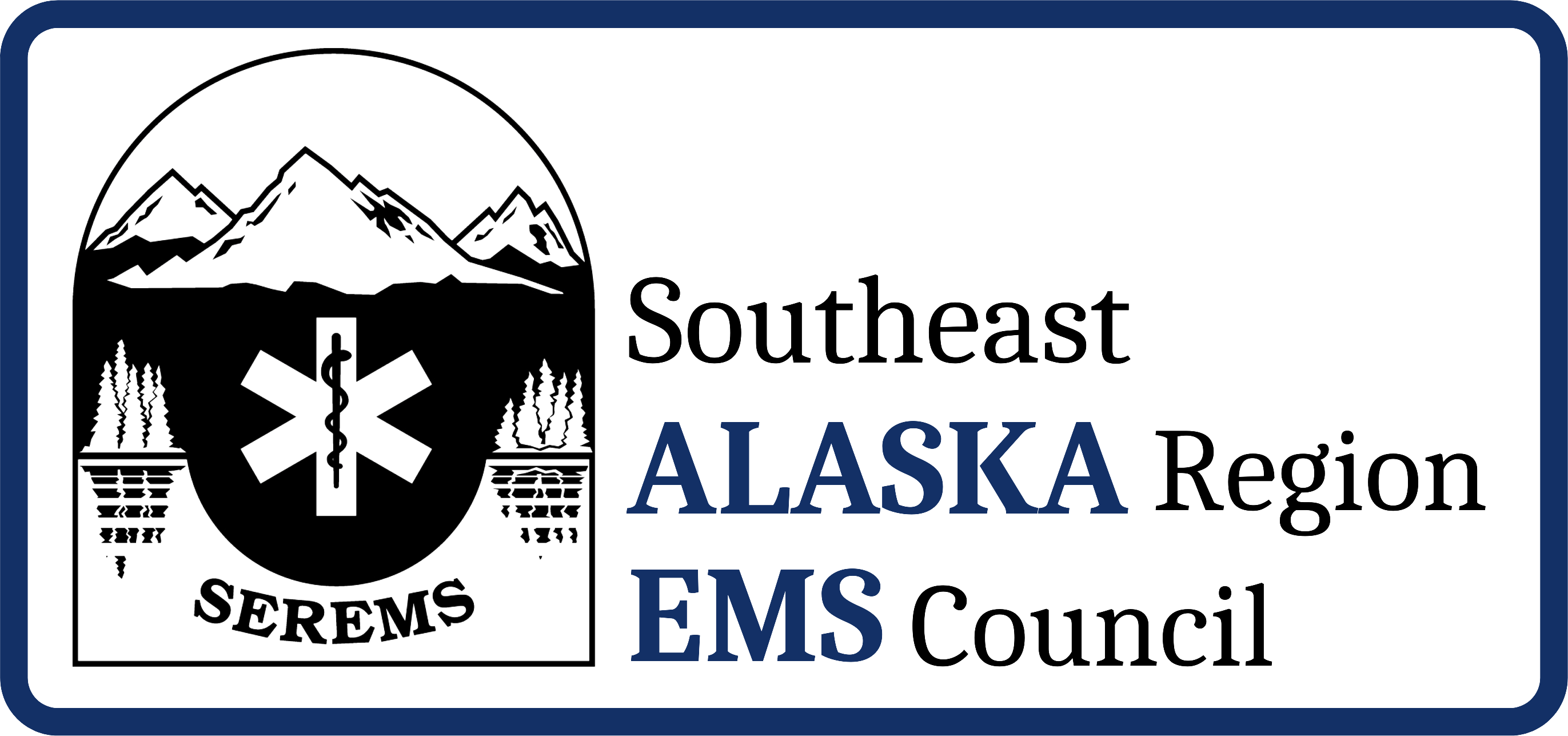Southeast Region EMS Council, LLC
SEREMS ETT Glossary
Special | A | B | C | D | E | F | G | H | I | J | K | L | M | N | O | P | Q | R | S | T | U | V | W | X | Y | Z | ALL
S |
|---|
S.T.A.R.TSimple Triage And Rapid Transport; a common triage system used to facilitate triage, treatment, and transport in mass casualty events. | |
Scope of PracticeThe range of skills that a state authorizes a medical provider to use. This is defined by the State of Alaska in regulations and laws | |
SepsisOverwhelming and life-threatening infection that if untreated leads to death from septic shock. | |
ShockInadequate tissue perfusion. Most commonly,
caused by blood loss, heart failure, severe allergic reaction, and massive infection
of the blood. | |
Situational AwarenessThe condition of maintaining continual alertness to changing conditions and evolving dangers. It is not possible to focus fully on one task (ventilating a patient or troubleshooting an equipment problem, for example) while maintaining a high level of situational awareness. This is why it’s good to have one person step back to maintain situational awareness. | |
Snoring | |
Spinal shockSee Neurogenic shock. | |
Standard precautionsUsing protective equipment and practices for all patients as if they have a communicable disease. | |
SternumThe breastbone, located at the center and front of the
chest. This is the bone compressed during CPR. | |
